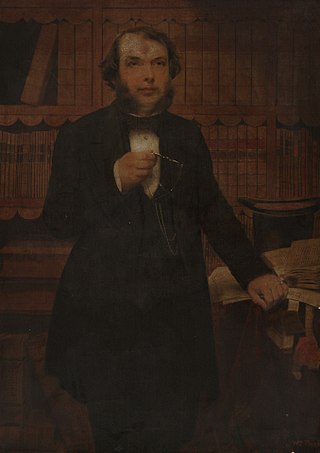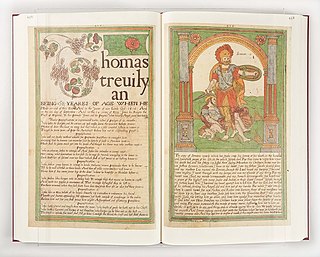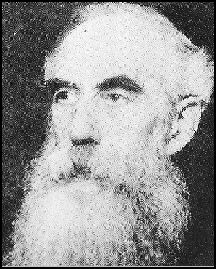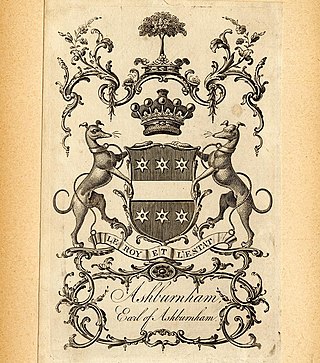
James Orchard Halliwell-Phillipps was an English Shakespearean scholar, antiquarian, and a collector of English nursery rhymes and fairy tales.

Bibliomania can be a symptom of obsessive–compulsive disorder which involves the collecting or even hoarding of books to the point where social relations or health are damaged.

The National Library of Wales, in Aberystwyth, is the national legal deposit library of Wales and is one of the Welsh Government sponsored bodies. It is the biggest library in Wales, holding over 6.5 million books and periodicals, and the largest collections of archives, portraits, maps, and photographic images in Wales. The Library is also home to the national collection of Welsh manuscripts, the National Screen and Sound Archive of Wales, and the most comprehensive collection of paintings and topographical prints in Wales. As the primary research library and archive in Wales and one of the largest research libraries in the United Kingdom, the National Library is a member of Research Libraries UK (RLUK) and the Consortium of European Research Libraries (CERL).
Joseph Cosey is the favorite alias of notorious forger Martin Coneely. He was very skilled at mimicking the handwriting of historical American figures.

Henry Stevens was an American bibliographer.

The Roxburghe Club is a bibliophilic and publishing society based in the United Kingdom.
The Thomason Collection of Civil War Tracts consists of more than 22,000 pamphlets, broadsides, manuscripts, books, and news sheets, most of which were printed and distributed in London from 1640 to 1661. The collection represents a major primary source for the political, religious, military, and social history of England during the final years of the reign of King Charles I, the English Civil War, the Interregnum, and the English Restoration of King Charles II. It is now held in the British Library.
John Waynflete Carter was an English writer, diplomat, bibliographer, book-collector, antiquarian bookseller and president of the Bibliographical Society in 1968. He was recognised as one of the most important figures in the Anglo-American book world. He was the great-grandson of Canon T. T. Carter

Sir Thomas Phillipps, 1st Baronet, was an English antiquary and book collector who amassed the largest collection of manuscript material in the 19th century. He was an illegitimate son of a textile manufacturer and inherited a substantial estate, which he spent almost entirely on vellum manuscripts and, when out of funds, borrowed heavily to buy manuscripts, thereby putting his family deep into debt. Phillipps recorded in an early catalogue that his collection was instigated by reading various accounts of the destruction of valuable manuscripts. Such was his devotion that he acquired some 40,000 printed books and 60,000 manuscripts, arguably the largest collection a single individual has created, and coined the term "vello-maniac" to describe his obsession, which is more commonly termed bibliomania.

The Spanish Forger is the name given to an unidentified individual who, in the late 19th to early 20th century, created a large number of forgeries of medieval miniatures.

Henry Buxton Forman was a Victorian-era bibliographer and antiquarian bookseller whose literary reputation is based on his bibliographies of Percy Shelley and John Keats. In 1934 he was revealed to have been in a conspiracy with Thomas James Wise (1859–1937) to purvey large quantities of forged first editions of Georgian and Victorian authors.
Kenneth Athol Webster was a collector and dealer of manuscripts, fine art and ethnographic artifacts associated with Oceanic peoples.

Thomas James Wise was a bibliophile and probable literary forger and thief who collected the Ashley Library, now housed by the British Library.
The British Library's Garrick Collection is a collection of early printed editions of English drama amassed by the actor and playwright David Garrick. The collection was bequeathed to the British Museum in 1779.

The Rare Book and Manuscript Library at the University of Illinois Urbana-Champaign is located on the 3rd floor of the University Library. The library is one of the largest special collections repositories in the United States. Its collections, consisting of over half a million volumes and three kilometers of manuscript material, encompass the broad areas of literature, history, art, theology, philosophy, technology and the natural sciences, and include large collections of emblem books, writings of and works about John Milton, and authors' personal papers.

Bertram Ashburnham, 4th Earl of Ashburnham was a British peer. He was the fourth son of George Ashburnham, 3rd Earl of Ashburnham. As the eldest son still living when his father died in 1830, he succeeded as Earl of Ashburnham, Viscount St. Asaph and Baron of Ashburnham.
The Sandars Readership in Bibliography is an annual lecture series given at Cambridge University. Instituted in 1895 at the behest of Samuel Sandars of Trinity College (1837–1894), who left a £2000 bequest to the University, the series has continued to the present day. Together with the Panizzi Lectures at the British Library and the Lyell Lectures at Oxford University, it is considered one of the major British bibliographical lecture series.

Sophistication of books is the practice of making a book complete by replacing missing leaves with leaves from another copy. In some cases this is done with the intent to deceive or mislead, modifying and offering books for sale in an attempt to sell them for a higher value. When offered for sale, a book's description should be clear and unambiguous, and indicate exactly and in detail any changes that have been made to the book.
David Fairweather Foxon, FBA was an English bibliographer. Noted for his study of books and literature in 18th-century England, he was the Reader in Textual Criticism at the University of Oxford from 1968 to 1982.
Fannie Elizabeth Ratchford (1887–1974) was an American librarian and scholar of 19th century English literature.












